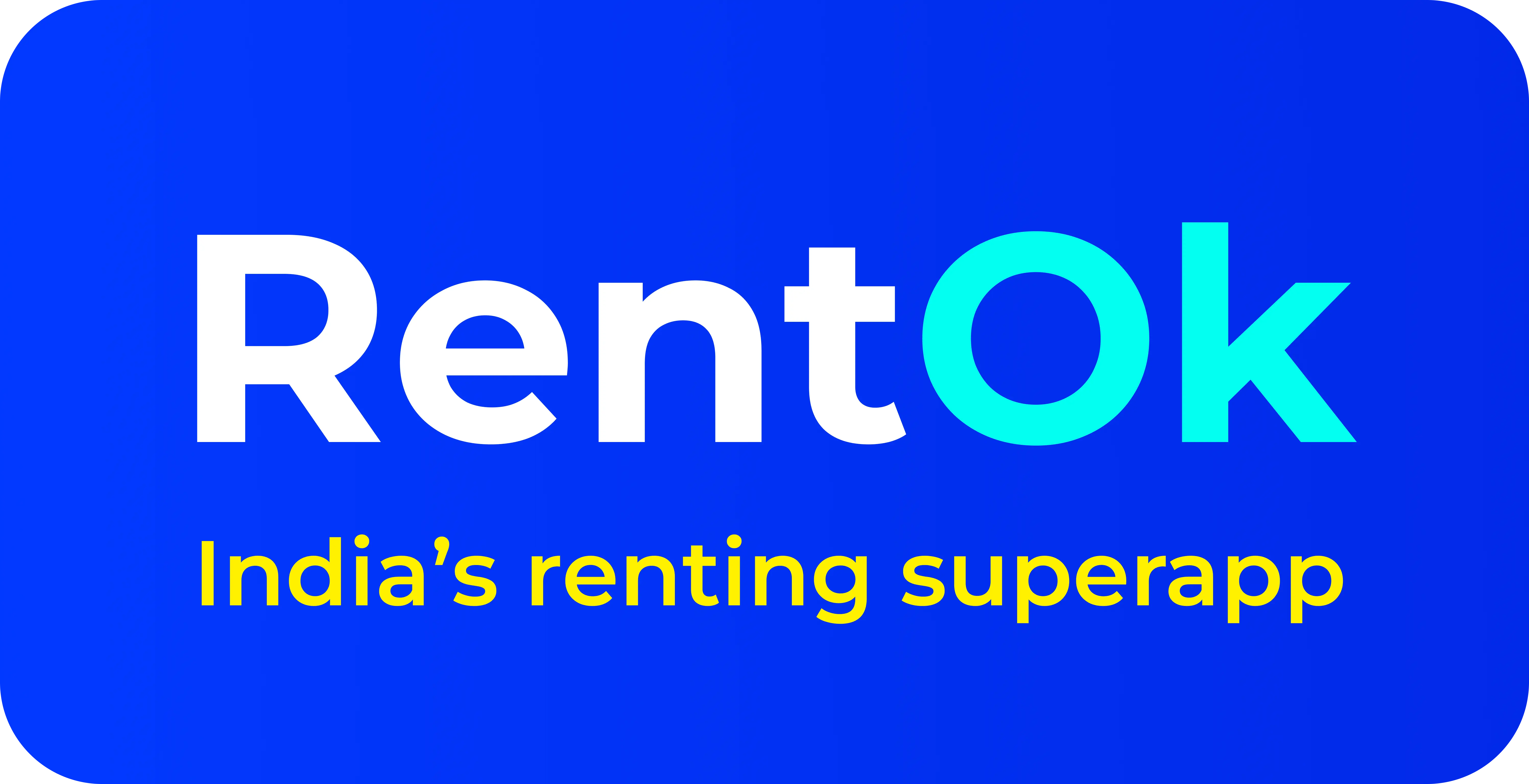Market Trends
Property Rental Market: Trends to Watch in 2026


Written by
Shivanshi Dheer
Read Time
8 min read
Posted on
October 10, 2025
Overview
Property Rental Market: Trends to Watch in 2026
The rental housing market in India is changing rapidly. As more young professionals, students, and families move across cities, the way people rent and manage homes is evolving. The year 2026 is expected to bring major changes in Property Rental Market and how tenants choose houses, what features they value, and how landlords manage properties.
Whether you are a property owner, tenant, or someone planning to invest in rental real estate, understanding these trends will help you make smarter decisions. Let’s explore the major trends that will shape the property rental market in 2026.
What Are the Emerging Trends in Tenant Preferences?
Tenant expectations have changed a lot in the last few years. People today are not just looking for a place to stay, they are looking for comfort, amenities, convenience, and flexibility . In 2026, tenant preferences will continue to move in this direction.

Flexible Living Arrangements
Modern renters value freedom and flexibility. Unlike older generations, who preferred long-term rentals, many tenants today prefer short-term or medium-term leases.
The reason behind this shift is lifestyle. Many professionals now work remotely or move cities frequently for jobs. Start-up employees, digital nomads, and students often look for monthly or quarterly rental options instead of signing a one-year contract.
Landlords who offer flexible lease terms can attract a larger tenant base. Properties with easy move-in and move-out options, online agreements, and minimal deposits are becoming popular, especially in cities like Bangalore, Pune, Hyderabad, and Delhi NCR.
Fully Furnished and Ready-to-Move Homes
In the past, tenants had to buy their own furniture and appliances. Now, most renters prefer fully furnished or semi-furnished homes. This is especially true for working professionals and students who relocate often.
Homes equipped with basic furniture (bed, sofa, table), kitchen appliances, and washing machines are highly preferred. These homes save time and money for tenants, while landlords can charge a slightly higher rent.
For owners, offering a furnished property means less vacancy time and higher tenant satisfaction. It also makes the property look modern and well-maintained, which appeals to young renters.
Health, Wellness, and Community Living
After the COVID-19 pandemic, people have become more health-conscious. They want homes that promote mental and physical well-being.
Properties with features like open balconies, natural light, air ventilation, and green spaces are in demand. Many housing societies now include gyms, jogging tracks, yoga zones, or community gardens.
Another interesting change is the rise in community-driven living. Tenants prefer friendly neighbourhoods, common areas, and spaces where they can interact with others like shared lounges, rooftop cafes, or study areas.
Pet-Friendly Homes
Pets have become part of many Indian households, but not all properties allow them. In 2026, the demand for pet-friendly rentals will continue to grow.
Tenants are actively searching for landlords who accept pets and offer small amenities like pet washing areas or open lawns. By allowing pets, landlords can reach a niche audience of responsible tenants who are often willing to pay more for such flexibility.
How Is Technology Changing Property Management?
Technology has completely transformed how rental properties are managed. What used to take days of paperwork and physical visits can now be done online in a few minutes.

Property Management Apps and Platforms
Platforms like RentOk, NoBroker, and Housing.com are helping landlords and tenants connect easily. These tools help with:
- Online rent collection
- Automatic reminders
- Digital lease agreements
- Complaint tracking and maintenance updates
Landlords no longer need to chase tenants for rent or keep manual records. Similarly, tenants can report maintenance issues or make payments from their mobile phones anytime.
Virtual Tours and Digital Listings
Gone are the days when people had to visit ten properties before choosing one. Virtual tours, 3D walkthroughs, and high-quality online photos allow tenants to view homes digitally.
This not only saves time but also helps tenants moving from other cities or states. Property owners who provide accurate digital listings and virtual tours stand out in crowded markets.
Smart Homes and IoT Devices
Smart home technology is becoming a standard in urban rentals. Tenants, especially younger ones, appreciate features that make their lives easier and safer.
Examples include:
- Smart door locks and security cameras
- Energy-efficient lights and fans
- Smart thermostats and water leak sensors
- Automated lighting systems
Smart home features reduce electricity wastage and improve safety. They also make the property look more premium, allowing landlords to charge better rent.
Why Is Sustainability and Green Living Becoming a Priority?
Sustainability is no longer just a trend; it has become a necessity. In 2026, more tenants will look for eco-friendly homes that save energy and protect the environment.
Green Features in Demand
Homes that have solar panels, rainwater harvesting systems, LED lighting, and waste segregation systems are gaining popularity. These features help tenants save money on electricity and water bills while also caring for the environment.
Even simple upgrades like using energy-efficient appliances or water-saving fixtures make a big difference. Developers are now focusing on green building certifications and sustainable materials, which attract environmentally conscious tenants.
Benefits for Landlords and Developers
Eco-friendly homes have long-term benefits. Landlords can enjoy:
- Lower maintenance costs
- Higher rental income
- Increased property value
Some government schemes also offer tax rebates and incentives for sustainable housing. So, landlords who invest in green solutions not only help the environment but also improve profitability.
Are People Moving from Cities to Suburbs?
This is one of the most visible changes in the rental market. After the pandemic, many people realised the value of space, peace, and affordability.
The Rise of Suburban Demand
Big cities like Mumbai, Delhi, and Bangalore are expensive and crowded. Suburban(outskirts of a big city) and tier-2 areas like Thane, Gurgaon, Hinjewadi, and Whitefield are becoming popular because they offer larger homes at lower rents.
People working from home prefer spacious 2BHK or 3BHK houses instead of small city apartments. Suburbs also provide better air quality, parking, and open surroundings.
The Urban Comeback
However, urban areas are not losing their charm. Young professionals and students still prefer living near offices, colleges, or metro stations.
Cities are adapting with co-living spaces, better infrastructure, and improved public transport. Many developers are also launching compact, well-designed apartments in city centers with shared amenities to attract the working crowd.
So, both suburban and urban rentals will continue to grow, but for different reasons: suburbs for space and peace, cities for convenience and opportunity.
What Are the New Rental Regulations to Watch in 2026?
As the rental market grows, new laws and regulations are being introduced to ensure fairness and transparency between landlords and tenants.
Key Areas of Change
- Rent Control: Some states are reviewing rent control laws to balance the rights of both parties.
- Eviction Policies: Evictions are being made more structured, with clear notice periods and valid grounds.
- Tenant Rights: Rules around deposits, repairs, and maintenance responsibilities are being clarified.
- Model Tenancy Act: The central government’s Model Tenancy Act is being implemented gradually across states to standardize rental agreements.
Why It Matters
Landlords who understand and follow these regulations can avoid legal disputes and maintain good tenant relationships. Tenants, on the other hand, get better security and protection from unfair practices.
Being aware of the law ensures that both sides have a smooth and respectful renting experience.
What Does the Future of the Rental Market Look Like in 2026?
The future of renting in India will be driven by three key factors: technology, flexibility, and sustainability.
- Technology will make renting faster and simpler with automation and online rental management tools like RentOK.
You can read more about these in our Blog on – how tech is changing property management - Flexibility will become the norm as more people choose short-term, furnished, or shared living spaces.
- Sustainability will guide construction and maintenance decisions as tenants and developers become more eco-conscious.
For landlords and investors and in General Property Rental Market this means adapting to tenant needs, upgrading properties, and using digital tools to stay competitive. For tenants, it means enjoying better, smarter, and greener homes.
Final Thoughts
The property rental market in 2026 will be more digital, sustainable, and tenant-friendly. Tenants want modern, comfortable, and flexible homes, while landlords are adopting smarter ways to manage their properties.
Those who understand these trends early and adapt to them will have a clear advantage. The future of renting is not just about buildings, it’s about better living experiences that combine technology, comfort, and responsibility.
Frequently Asked Questions
Find answers to common questions about this topic
1. Will rental prices increase in 2026?
2. Is it worth investing in rental properties in 2026?
3. What type of properties will tenants prefer the most?
4. How can landlords attract more tenants?
5. What role will technology play in the rental market?
6. Are eco-friendly homes really in demand?

About the Author
Shivanshi Dheer
Shivanshi Dheer sharing actionable strategies and information on PG/hostel management to help simplify renting and scale with RentOk.
You may also like these
Related Articles

1 min read
Rental Laws in India You Should Know in 2025 (State-by-State)
Written by
Posted on
Shivanshi Dheer
Nov 10, 2025
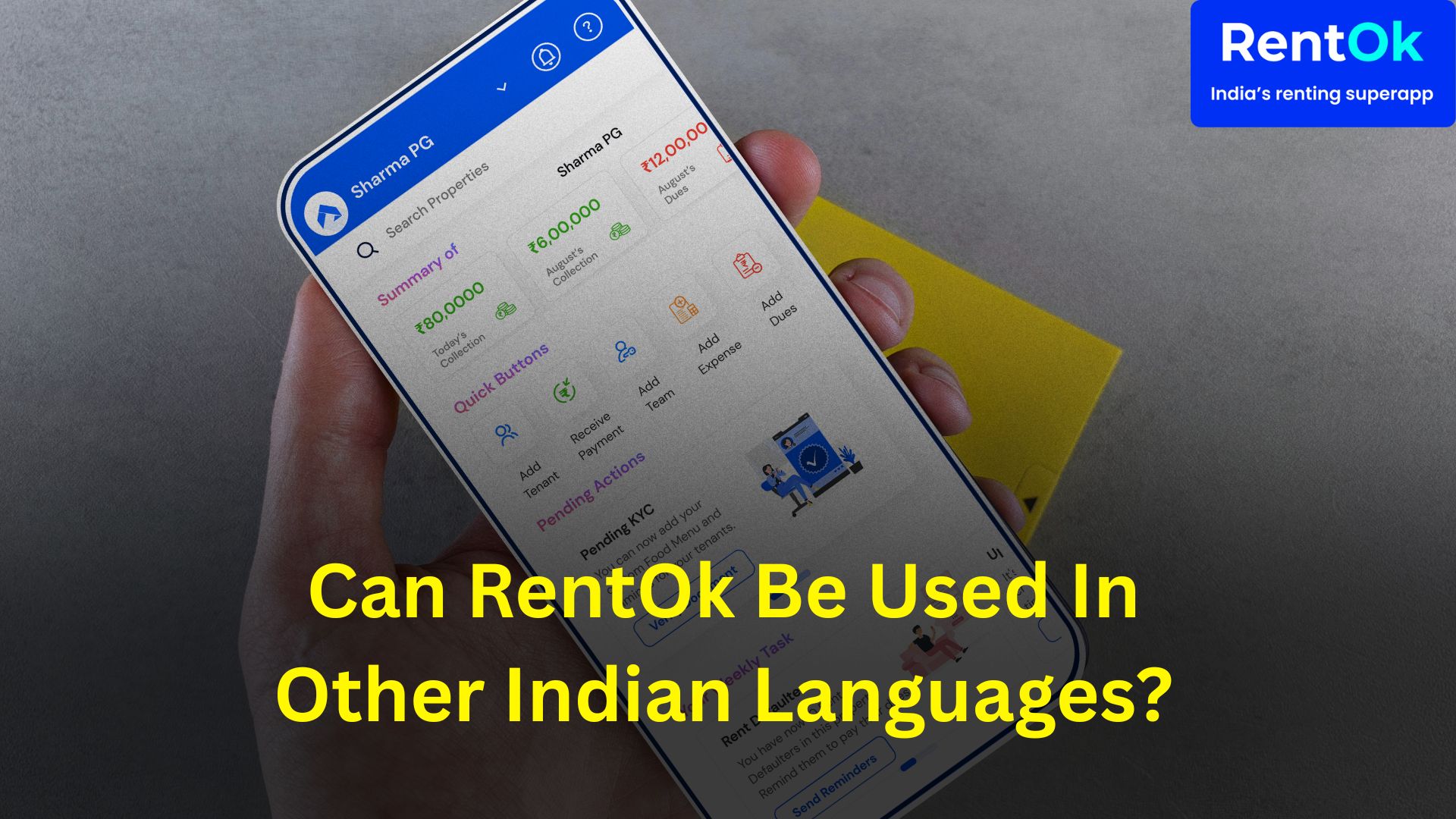
1 min read
Can RentOk Be Used In Other Indian Languages?
Written by
Posted on
Shivanshi Dheer
Nov 6, 2025
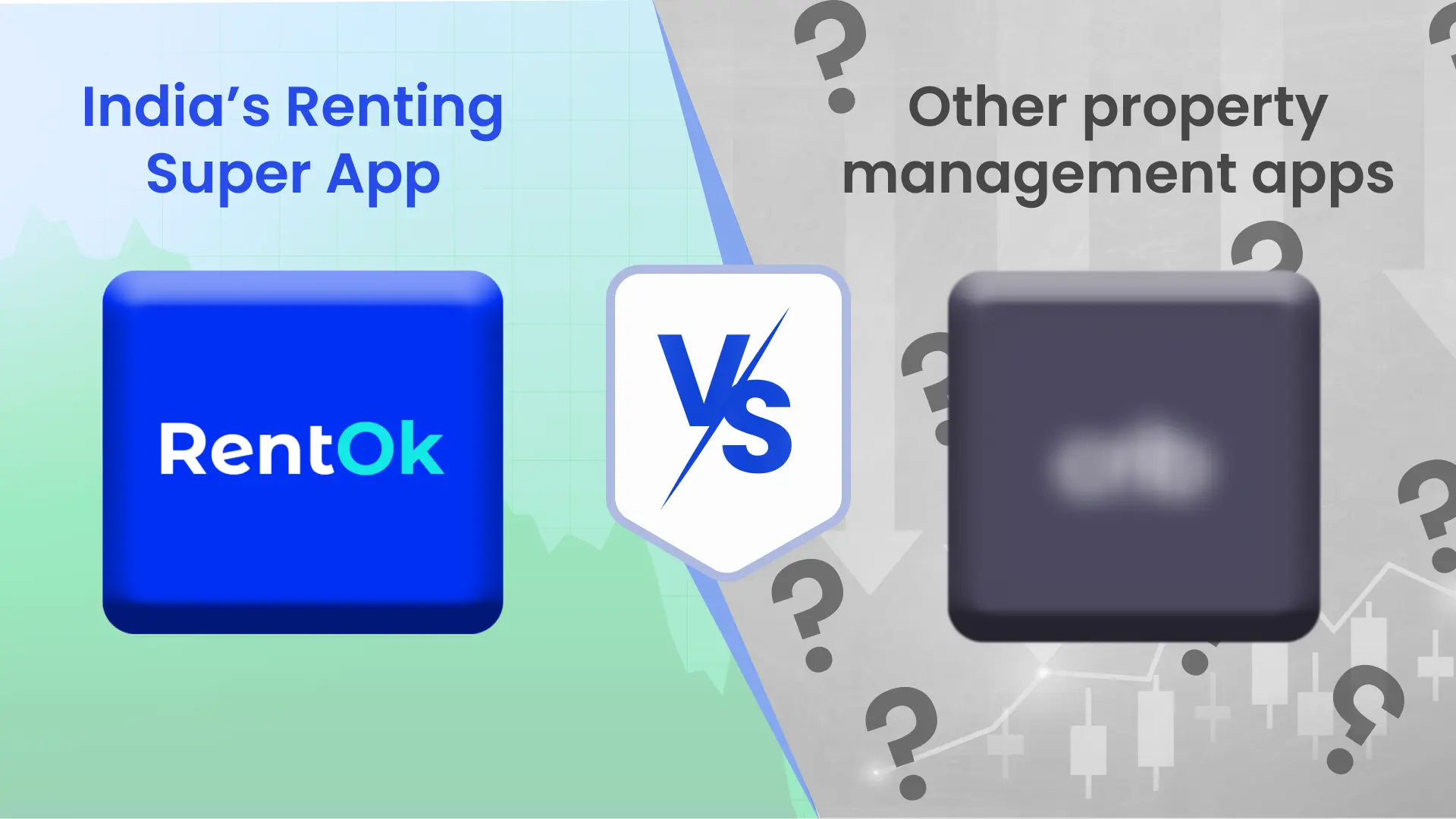
1 min read
Best Property Management Software in India-RentOk vs Crib Ultimate Comparison 2025
Written by
Posted on
Anil Kandpal
Nov 1, 2025

1 min read
Best Neighbourhoods for Houses and Studio Apartments for Rent
Written by
Posted on
Shivanshi Dheer
Oct 12, 2025

1 min read
Renting vs. Buying a Home: Which Is the Right Choice for You?
Written by
Posted on
Shivanshi Dheer
Oct 11, 2025

1 min read
How Landlords Improved Occupancy with RentOk
Written by
Posted on
Shivanshi Dheer
Sep 15, 2025
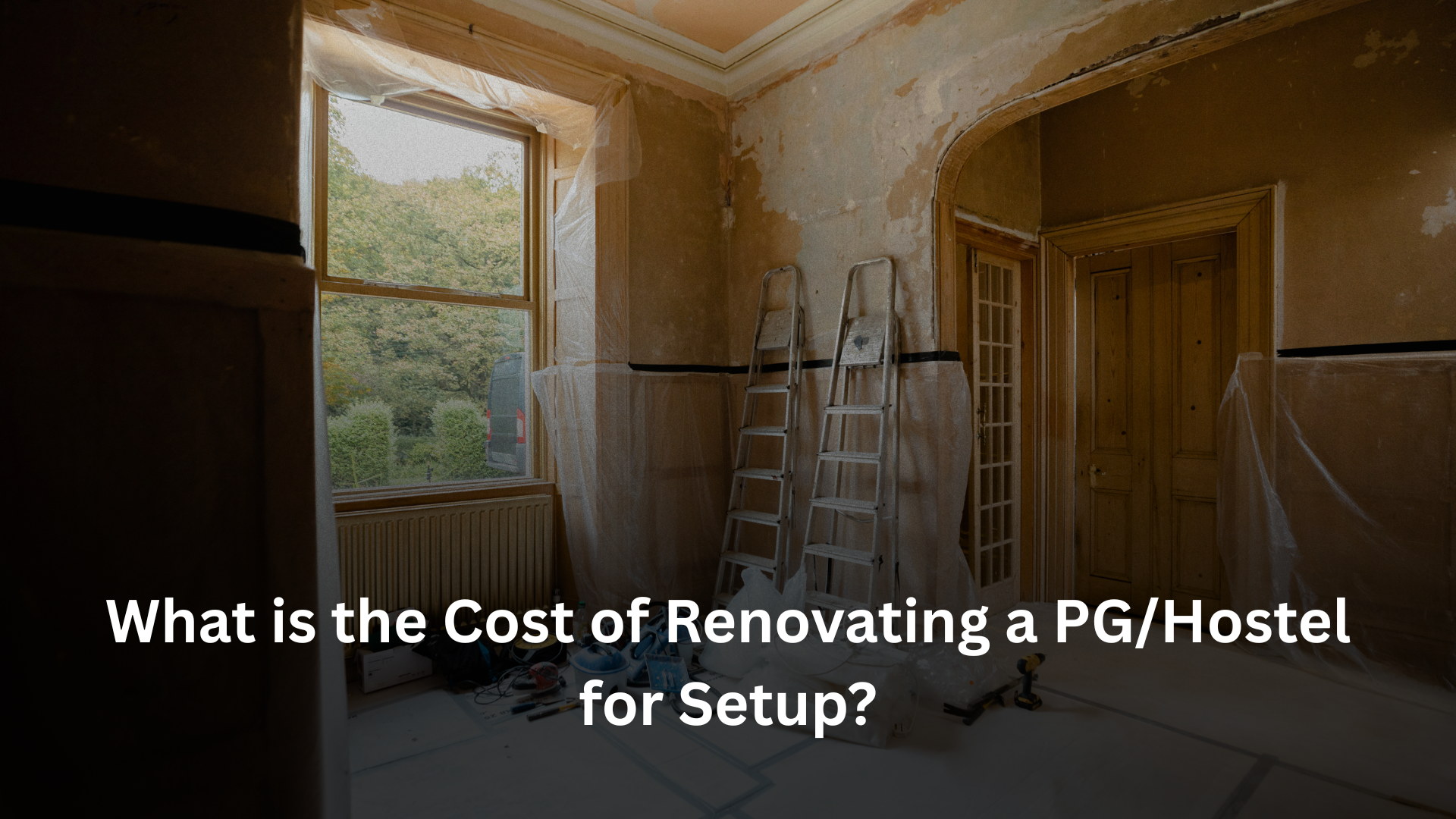
1 min read
What is the Cost of Renovating a PG/Hostel for Setup?
Written by
Posted on
Shivanshi Dheer
Sep 10, 2025
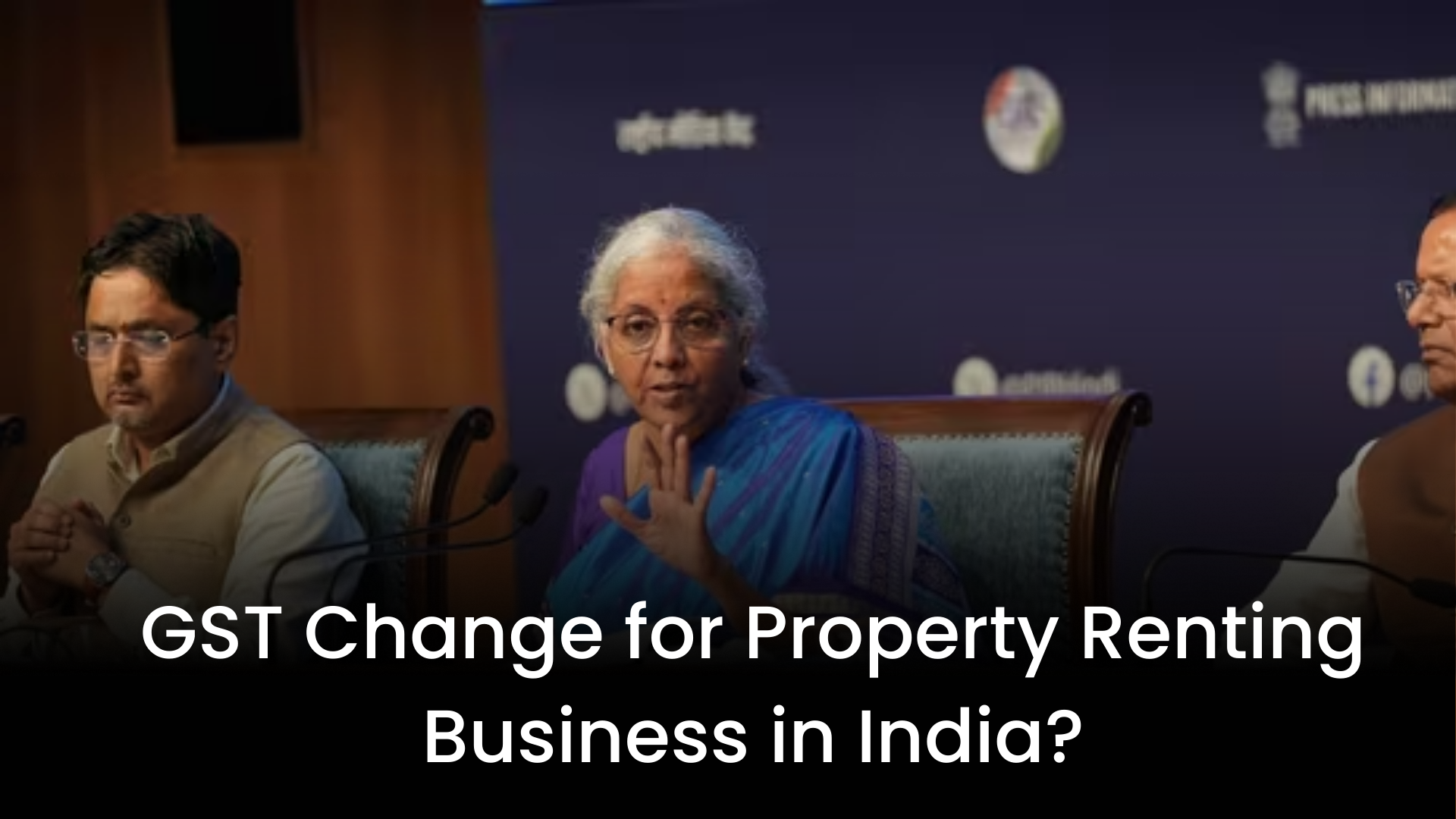
1 min read
Is There Any GST Change for Property Renting Business in India? (As of September 2025)
Written by
Posted on
Anil Kandpal
Sep 4, 2025

1 min read
Top 5 Real Estate Assets to Invest in and Manage Them Efficiently
Written by
Posted on
Shivanshi Dheer
Aug 14, 2025
Stay ahead in property management with expert insights
Join thousands of property managers receiving exclusive tips on property management, tenant management and more delivered straight to your inbox.
Browse posts by category
Cost of Living
Gandhi Jayanti
Growth
Legal
Market Trends
News
Pg owner app
Property Management
Property Tax
Tenancy Act
RentOk
The easiest way to rent and manage your PGs and hostels.
Get the app


Contact us
hello@eazyapp.tech
HQ Office
COGROW, BASEMENT F-12/8A
BESIDE HOUSE OF STYLE SALON, SECTOR 28, DLF PHASE 1
GURUGRAM, HARYANA - 122002
South India Office
LUMIODESK COWORKING, 2ND FLOOR, 40, 14TH MAIN RD
BESIDE MC DONALD, 7TH SECTOR, HSR LAYOUT
BENGALURU, KARNATAKA - 560102
